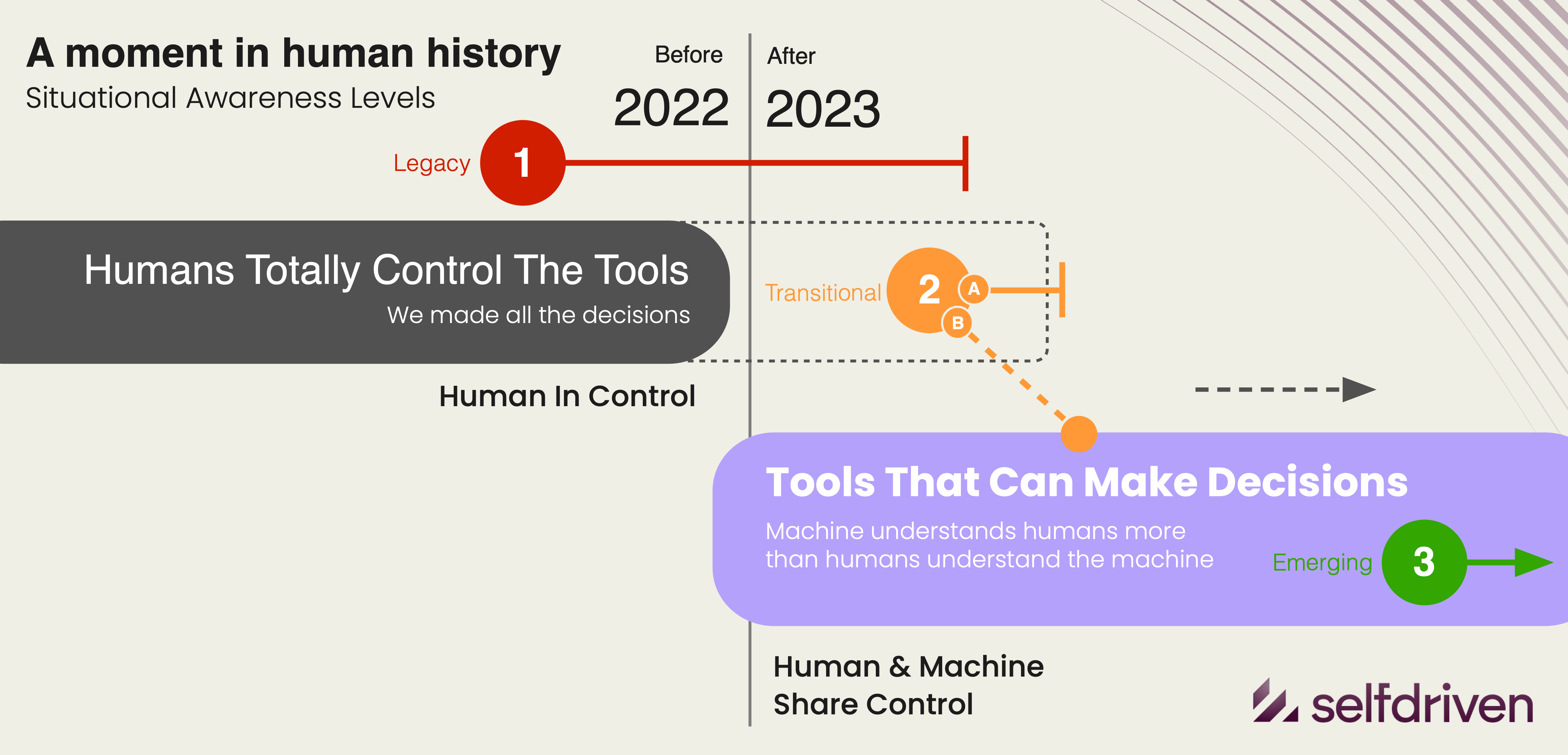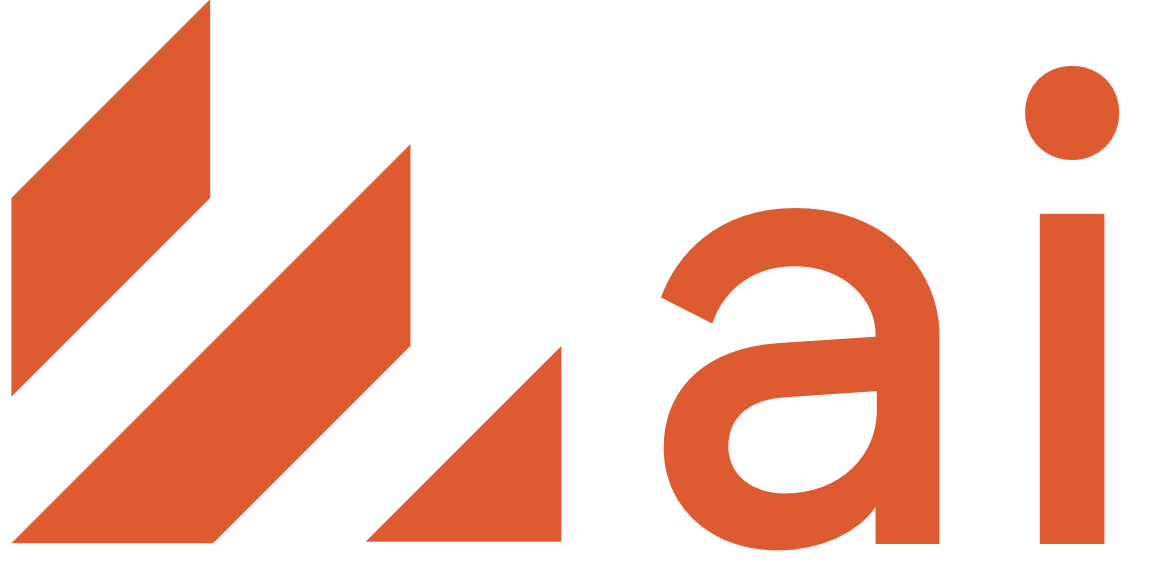Situational Awareness Framework for Organisations

Levels represent the situation and mindset.
1. Legacy — “Human in Control”
“We make all the decisions. The tools just do what we say.”
Mindset Characteristics
- Technology is a support function.
- Decision-making is manual, hierarchical, and slow.
- AI is approached with suspicion or avoidance.
- Data is siloed and owned by departments.
- Innovation = incremental improvement, not transformation.
Future Relevance
- Risk: Loss of competitiveness; human bottlenecks; slower adaptation.
- Relevance Horizon: 2–3 years before operations feel outdated.
- Impact: Efficiency-focused organisations fall behind insight-driven ones.
Evolution Focus
- Build AI literacy across leadership and staff.
- Start data integration and cross-department collaboration.
- Pilot decision-support AI to augment (not replace) human expertise.
2. Transitional — “Human + Machine Collaboration”
“We decide with the machine, not just through it.”
Mindset Characteristics
- AI is treated as a partner in decision-making.
- Staff are trained to interpret and challenge AI outputs.
- Data is a shared strategic asset.
- Decisions move closer to where data lives.
- Governance emphasises explainability and bias mitigation.
Future Relevance
- Advantage: Faster, insight-rich decision cycles.
- Risk: Over-trusting unexamined algorithms (“AI says so”).
- Relevance Horizon: 3–5 years with adaptive governance.
Evolution Focus
- Establish AI ethics and decision-oversight frameworks.
- Track decision provenance (why/how choices are made).
- Form cross-functional teams to co-design human–machine workflows.
3. Emerging — “Machine in Control / Human in Context”
“We define direction, not decisions.”
Mindset Characteristics
- Machines execute adaptive strategies within human-defined boundaries.
- Humans focus on values, ethics, and direction-setting.
- Continuous AI governance monitors drift and outcomes.
- The organisation behaves like an ecosystem, not a strict hierarchy.
- Culture prizes stewardship, creativity, and alignment.
Future Relevance
- Advantage: Scalable intelligence beyond human limits.
- Risk: Ethical drift, loss of agency, misalignment with human or social goals.
- Relevance Horizon: Long-term, dependent on robust trust frameworks.
Evolution Focus
- Define and encode an AI Constitution or Values Charter.
- Use recursive oversight AI (“AI watching AI”) for alignment.
- Redefine leadership around meaning, foresight, and human purpose.
Summary
| Level | Situation | Description | Strategic Risk | Relevance Horizon | Evolution Focus |
|---|---|---|---|---|---|
| 1 | Legacy, Human-in-Control | Humans make all decisions; tools follow | Obsolescence | 2–3 years | AI literacy, data integration |
| 2 | Transitional, Human + Machine | Shared decisions; humans interpret AI | Bias / drift | 3–5 years | Explainability, oversight, provenance |
| 3 | Emerging, Machine-in-Control | Machines act autonomously within human ethics | Alignment loss | Long-term | Trust frameworks, ethical governance |
